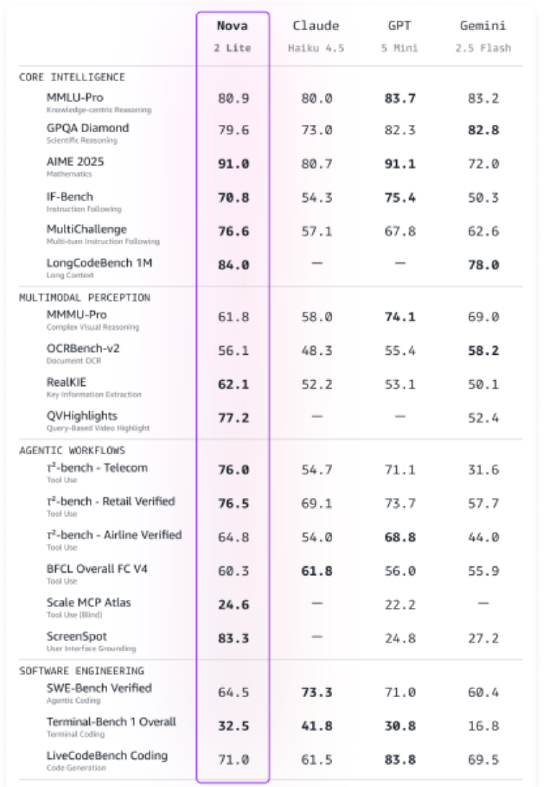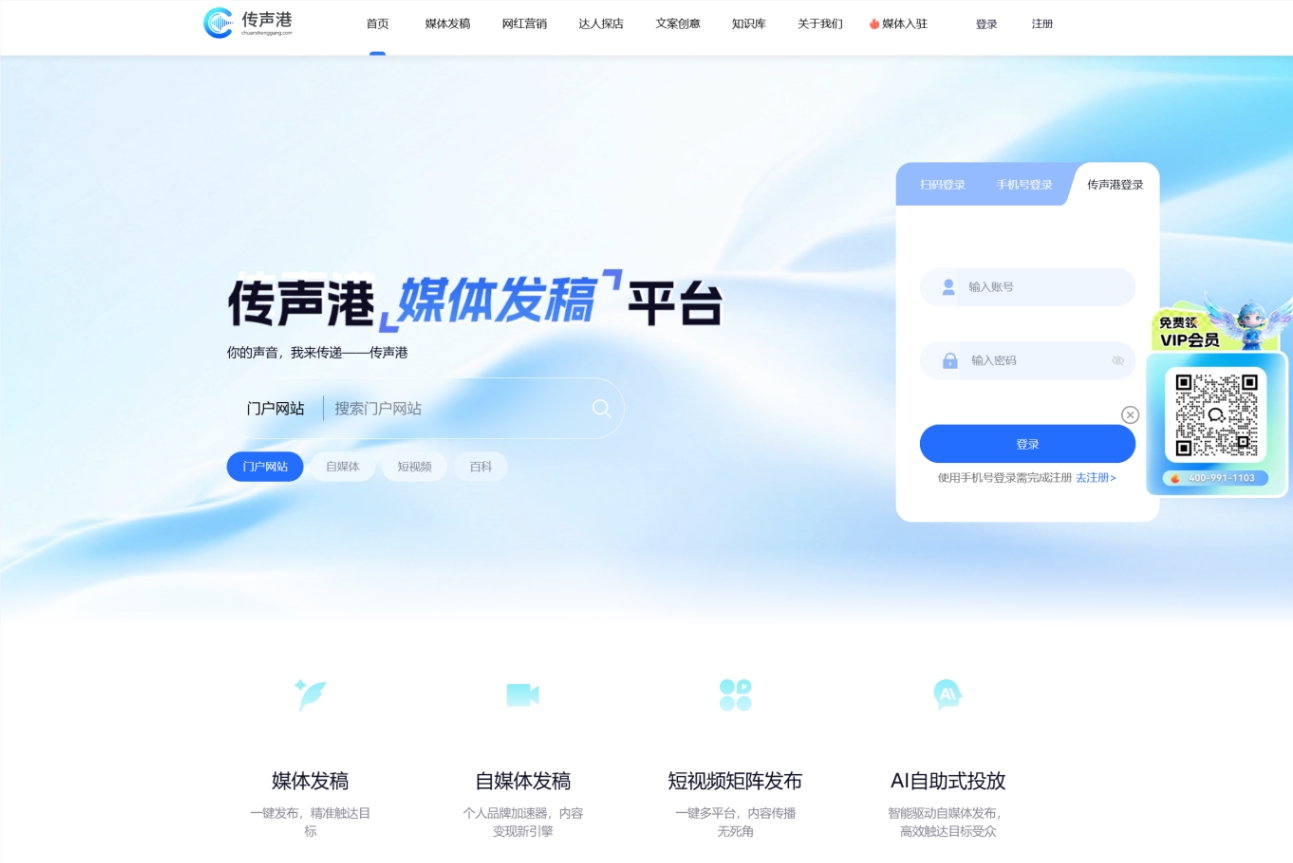Recently, the energy startup Commonwealth Fusion Systems (CFS) announced a collaboration with Google's DeepMind division to use artificial intelligence technology to optimize the operation of its upcoming Sparc fusion reactor. This partnership will use DeepMind's software Torax to simulate the plasma inside CFS's reactor and combine it with other AI models, helping CFS better achieve its goals for fusion energy.

Image source note: The image was generated by AI, and the image licensing service is Midjourney
Fusion energy has the potential to provide massive power output with zero emissions, and its fuel source is nearly unlimited (mainly water). With the increasing demand for electricity in data centers, AI companies are confident about the future of fusion startups, and Google seems to see them as potential customers.
Google is not the first time entering the fusion field; previously, the company also collaborated with another fusion startup, TAE Technologies, using AI technology to study the behavior of plasma in its fusion devices. The reason Google frequently enters this field is that artificial intelligence may have unique advantages in solving fusion technology challenges.
One of the biggest challenges faced by fusion startups is maintaining the high temperature state of plasma inside the reactor. Unlike self-sustaining nuclear fission reactions, fusion reactions are difficult to maintain outside of stars like the sun. Although powerful magnets inside the reactor can partially replace gravity to control plasma, there are still limitations. Operators need to develop control software to respond in real-time to changing plasma conditions.
However, the problem is that there are too many parameters to adjust, exceeding human capabilities, which is precisely where AI excels. Experts point out that artificial intelligence is one of the key technologies that have contributed to significant progress in this industry in recent years.
Currently, CFS is building its demonstration fusion reactor Sparc in the suburbs of Boston. The equipment is about two-thirds complete and is expected to be completed in 2026, at which point the reactor is expected to produce more electricity than it requires to operate.
Google stated that Torax can be combined with reinforcement learning or evolutionary search models to find "the most effective and robust path to generate net energy." In addition, the two parties are also exploring whether AI can be used to control the reactor's operation.
Earlier in August, Google participated in CFS's $863 million Series B2 financing round and invested along with NVIDIA. Earlier this year, Google also announced that it would purchase 200 megawatts of electricity from CFS's first commercial power plant Arc, which is planned to be built in Richmond, Virginia. Google is also an investor in CFS's competitor TAE Technologies.
Key points:
🌟 Google DeepMind collaborates with Commonwealth Fusion Systems to use AI to optimize the fusion reactor.
⚡ Fusion energy has the potential to become the future of clean power, with nearly unlimited fuel sources.
🤖 Artificial intelligence has unique advantages in solving fusion technology challenges, helping to improve reactor efficiency.









